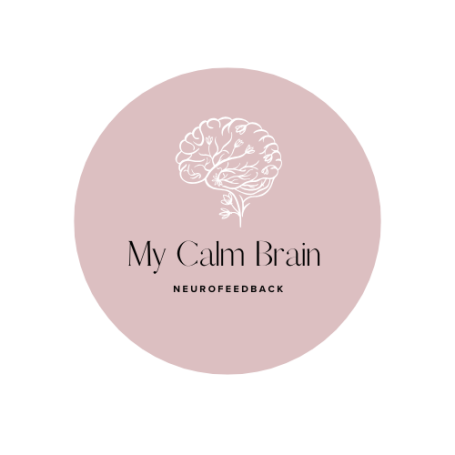
Neurofeedback
Neurofeedback is a gentle brain training technique that can help those whose brains may be struggling to regulate themselves properly. Think of it like teaching your brain new skills, similar to how they learn other skills through practice!
A Brief History of Neurofeedback
Early Foundations (1920s-1960s)
Neurofeedback's roots trace back to 1920 with Hans Berger's discovery of the EEG, but the modern field began in the 1960s with Dr. Barry Sterman at UCLA. Sterman's breakthrough came from operant conditioning experiments with cats, where he trained them to produce sensorimotor rhythm (SMR) brainwaves (12-15 Hz) to receive food rewards. This was the first proof that brain behaviour could be changed through EEG conditioning.
NASA Connection
NASA contacted Sterman because astronauts exposed to rocket fuel (hydrazine) were experiencing epileptic seizures. When Sterman tested the fuel on 50 cats, he discovered that cats previously trained in SMR showed remarkable resistance to seizures compared to untrained cats. This discovery led NASA to later incorporate SMR training into astronaut training programs.
Clinical Applications for Epilepsy
Sterman applied his findings to humans, starting with Mary Fairbanks, a woman with epilepsy. Using green and red lights to indicate when patients were producing SMR, he achieved a 65% reduction in grand mal seizures. This marked the beginning of neurofeedback's 35-year history in treating epilepsy, with clinical benefits documented in many independent laboratories, particularly for patients non-responsive to medication
ADHD Development
In 1972, Dr. Joel Lubar read Sterman's epilepsy research and realised its potential for ADHD treatment. Lubar reasoned that if neurofeedback could quiet motor responses in epileptics, it should work for hyperactive children. He worked directly under Sterman and developed the Lubar Protocol for ADHD, still regarded today as highly effective.
The Othmers' Revolution
The field experienced a renaissance in the mid-1980s when Sue and Siegfried Othmer entered neurofeedback after it helped their son with epilepsy. The Othmers developed infra-low frequency (ILF) neurofeedback, working below 0.5 Hz, which represented a major advancement from traditional SMR and beta training. Their method became completely adopted in their practice by 2006, appearing to yield better and more rapid results for all clinical conditions.
Trauma Applications
Bessel van der Kolk: In 2016, van der Kolk published the first randomized controlled trial specifically for chronic, treatment-resistant PTSD, involving 52 participants. The study showed significant reductions in PTSD symptoms and improvements in emotional regulation after 24 sessions of neurofeedback training.
Sebern Fisher: Fisher discovered neurofeedback in 1996 and became a pioneer in treating developmental trauma. Her 2014 book "Neurofeedback in the Treatment of Developmental Trauma: Calming the Fear-Driven Brain" became a cornerstone text, demonstrating how neurofeedback can treat severe childhood abuse, neglect, and attachment disorders. She received ISNR's Joel Lubar Award in 2013 and the M.B. Sterman Career Achievement Award in 2017.
Autism Spectrum Disorders (ASD)
Studies have shown neurofeedback's effectiveness for autism spectrum disorder, with research pointing to improvements in sleep, behaviour, attention, and self-regulation. The approach helps address the dysregulated brain patterns often seen in ASD and improve functional connectivity in multiple areas and neuronal networks of the brain.
Current Applications:
Epilepsy
ADHD
PTSD and trauma
Autism spectrum disorders
Depression, anxiety, and mood disorders
Sleep disorders and migraines
Performance enhancement
83%
ASD
A recent systematic review featured in the National Library of Medicine (2025) found that 83% of the studies featured highlighted a positive impact on symptoms such as attention, memory, executive function, and speech difficulties.
40%
PTSD
Bessel van der Kolk's 2016 Randomised Controlled Study on Neurofeedback for Chronic PTSD showed that Neurofeedback significantly reduced PTSD symptoms. The study also showed a 40% increase in executive function after 24 sessions, meaning better emotional control, thinking ability, and judgment.
$2.8B
Growth of Neurofeedback
The global neurofeedback market size was valued at approximately $1.2 billion in 2023 and is projected to reach around $2.8 billion by 2032, growing at a compound annual growth rate (CAGR) of 9.5% during the forecast period. This substantial growth is driven by increasing awareness of mental health issues and the efficacy of neurofeedback as a non-invasive treatment modality.
